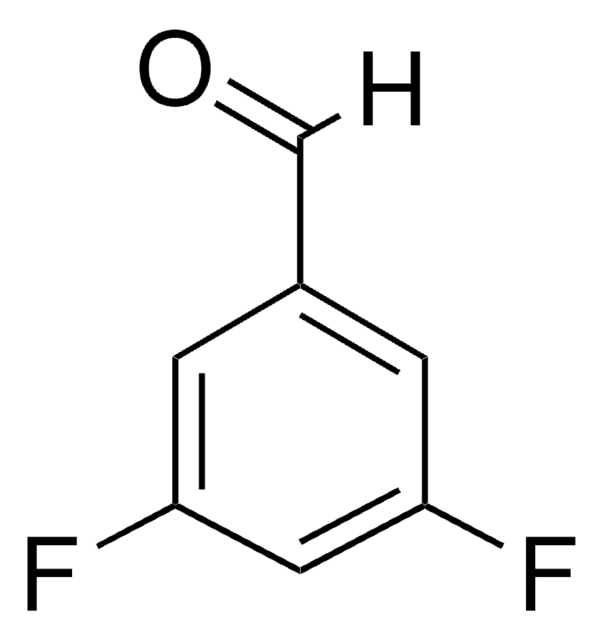239291
Sodium dichromate dihydrate
ReagentPlus®, 99%
Synonym(s):
Sodium bichromate
About This Item
Recommended Products
product line
ReagentPlus®
Assay
99%
reaction suitability
reagent type: oxidant
mp
91 °C (lit.)
SMILES string
O.O.[Na+].[Na+].[O-][Cr](=O)(=O)O[Cr]([O-])(=O)=O
InChI
1S/2Cr.2Na.2H2O.7O/h;;;;2*1H2;;;;;;;/q;;2*+1;;;;;;;;2*-1
InChI key
JYDRNIYTFCBIFC-UHFFFAOYSA-N
Looking for similar products? Visit Product Comparison Guide
Other Notes
Legal Information
Signal Word
Danger
Hazard Statements
Precautionary Statements
Hazard Classifications
Acute Tox. 2 Inhalation - Acute Tox. 3 Oral - Acute Tox. 4 Dermal - Aquatic Acute 1 - Aquatic Chronic 1 - Carc. 1B - Eye Dam. 1 - Muta. 1B - Ox. Sol. 2 - Repr. 1B - Resp. Sens. 1 - Skin Corr. 1B - Skin Sens. 1 - STOT RE 1 Inhalation
Storage Class Code
5.1B - Oxidizing hazardous materials
WGK
WGK 3
Flash Point(F)
Not applicable
Flash Point(C)
Not applicable
Personal Protective Equipment
Choose from one of the most recent versions:
Already Own This Product?
Find documentation for the products that you have recently purchased in the Document Library.
Customers Also Viewed
Our team of scientists has experience in all areas of research including Life Science, Material Science, Chemical Synthesis, Chromatography, Analytical and many others.
Contact Technical Service














